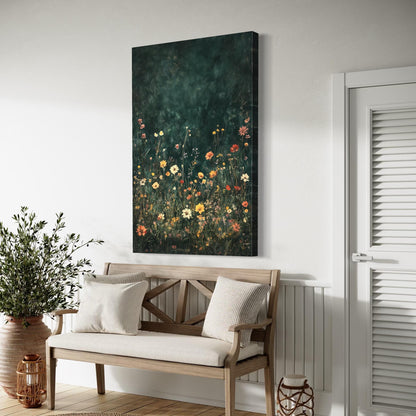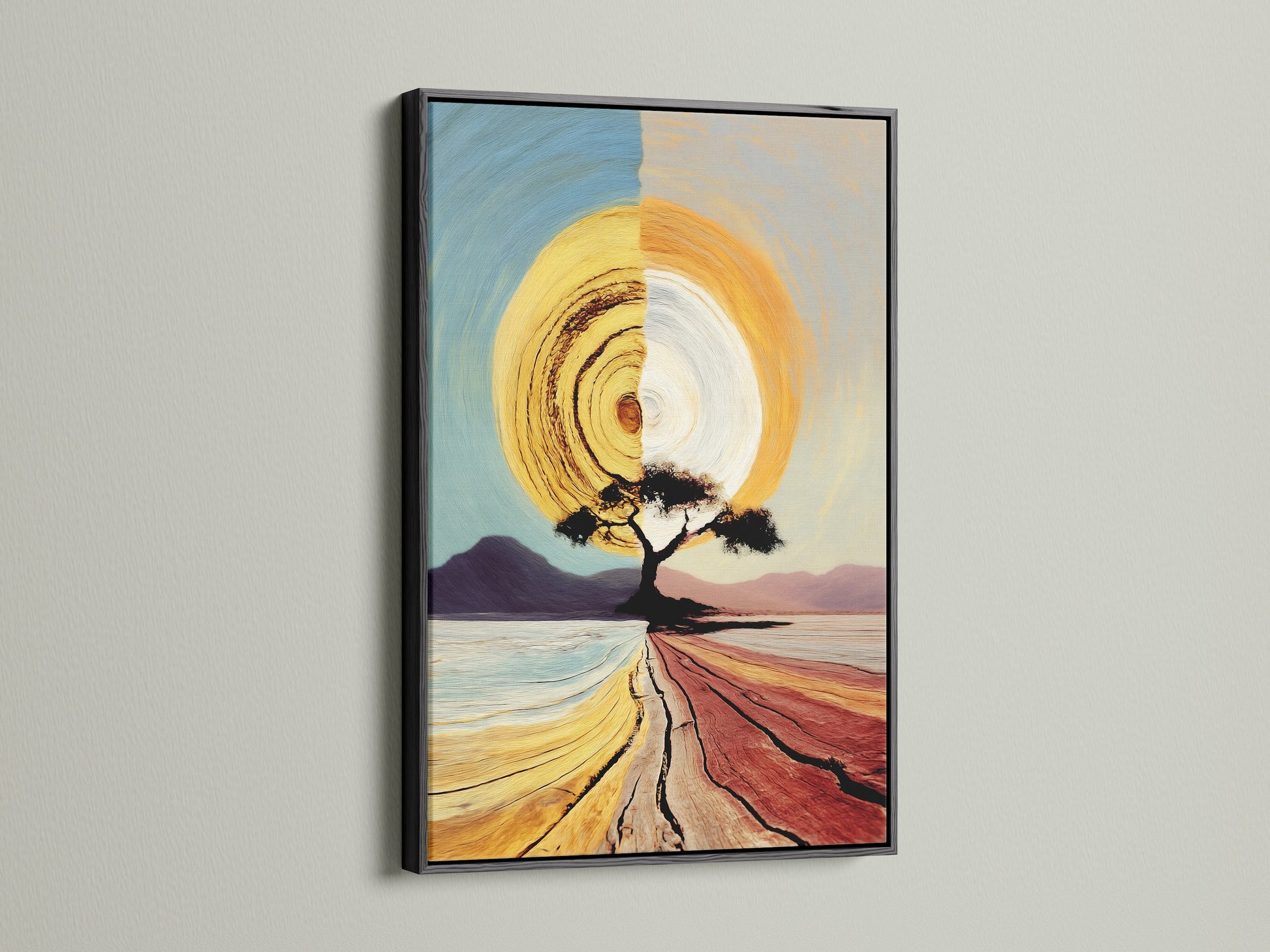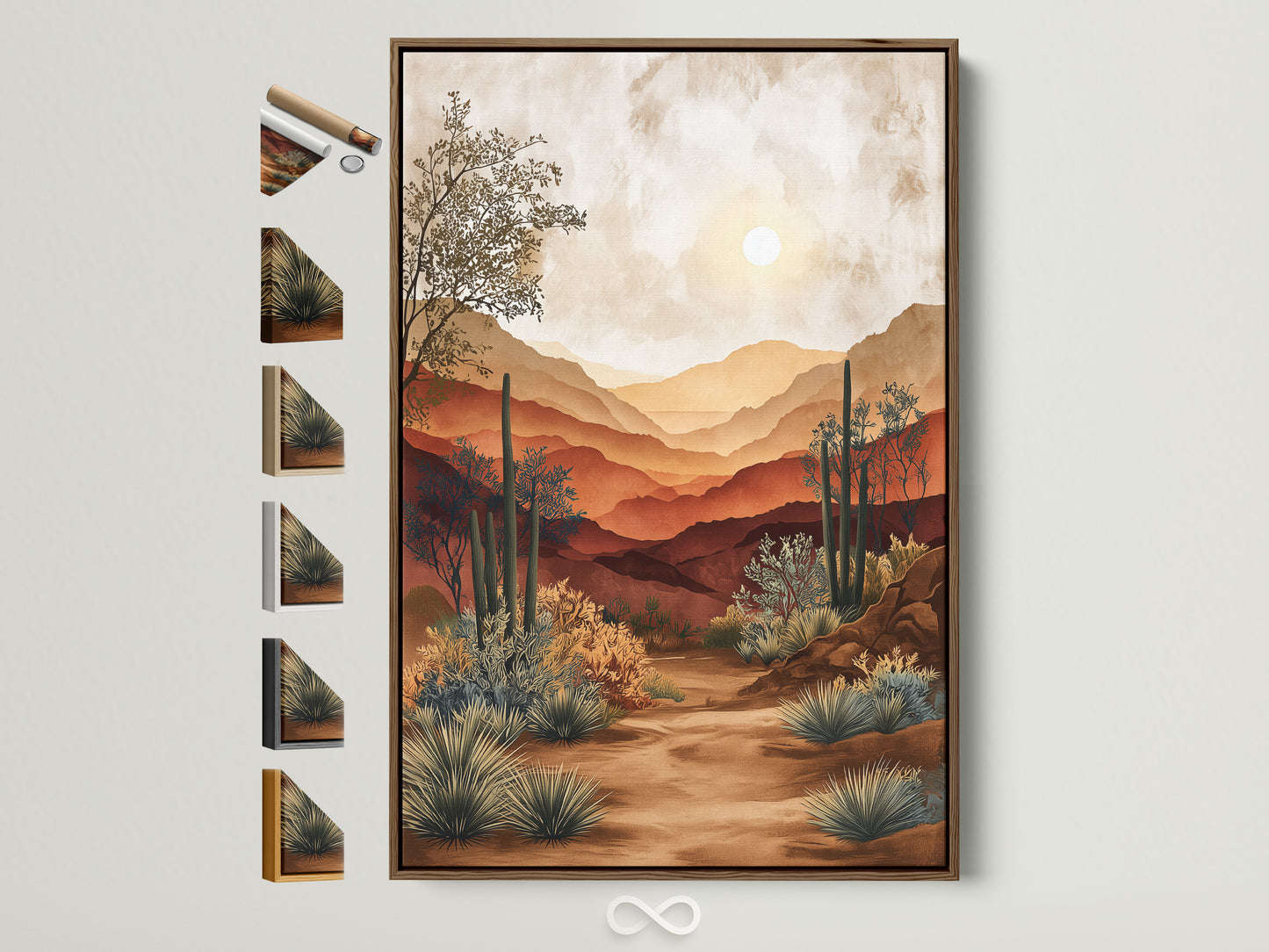Shaker Style at Home: The Peg‑Rail Playbook & Honest Materials
For spaces that work hard and feel calm, few approaches beat Shaker style interiors. The Shaker trio—utility, simplicity, beauty—still reads as modern, and it happens to be very renter‑friendly too.

Why is Shaker having a moment? Because the look solves modern problems—tiny entries, visual clutter, and rooms that have to flex all day. The Shaker method strips away ornament, builds in storage, and then lets a few humble materials sing. If you’ve ever stood in a Shaker period room and felt your shoulders drop, you know the effect: everything has a reason to be there. See The Met’s Shaker Retiring Room for the high watermark of this idea.
A 60‑second history
The United Society of Believers in Christ’s Second Appearing—nicknamed the Shakers—organized work, worship, and community around clarity and order. Their interiors followed suit: built‑in cupboards, chair rails that actually held chairs, and furniture reduced to essentials. The Metropolitan Museum of Art’s essay on Shaker furniture concisely lays out how belief translated into design decisions. [oai_citation:5‡The Metropolitan Museum of Art](https://www.metmuseum.org/essays/shaker-furniture?utm_source=chatgpt.com)
Architecture and interiors were conceived together: window rhythm, fixed storage, and continuous peg boards created flexible rooms that could be reconfigured without buying anything. The National Park Service overview notes how the style’s plain trim, built-ins, and durable boards expressed a life of work and worship. [oai_citation:6‡National Park Service](https://www.nps.gov/articles/shaker-style.htm?utm_source=chatgpt.com)
The three rules (and what they look like at home)
Utility
Storage isn’t an afterthought. It’s the architecture. A shallow cupboard fills an awkward wall; a rail keeps tools and chairs up off the floor. Rooms can reset in minutes because everything has a home. (If you like pragmatic serenity, see our Zen Interiors room‑by‑room guide.)
Simplicity
Profiles are quiet. Rails are square‑edged; legs are straight‑tapered; frames reveal joinery. Replace shiny lacquers with hand‑rubbed oils and waxes that let wood fiber show through. For a contemporary take on restraint, our Warm Minimalism playbook dovetails naturally here.
Beauty
Shaker “beauty” is proportion, not ornament. A single ladder‑back in bentwood black can anchor a wall. The Cooper Hewitt’s Shaker rocking chair shows how lean structure and comfort can coexist—good posture in object form. [oai_citation:7‡Smithsonian Institution](https://www.si.edu/object/shaker-no-7-rocking-chair%3Achndm_1968-102-1?utm_source=chatgpt.com)
The Peg‑Rail Playbook
Think of the rail as a horizontal closet. In place of cluttered hooks and racks, a continuous strip of pegs lets you float chairs, mirrors, baskets, coats—even art—at eye level. It’s architectural, inexpensive, and removable.
What it is (and why it works)
Shaker peg boards are typically two pieces: a rough board fixed to the studs and a finished board with through‑holes that the pegs pass through, threading into the backing. In many examples the pegs themselves help hold the finished board to the wall—clever, simple engineering. Shaker Museum documents this construction clearly.
Where to run it
- Entry: one continuous run keeps bags, hats, and brooms off the floor.
- Kitchen: hang a colander, tea towels, and a framed herb print; free up counter space.
- Bedroom: float a mirror and tomorrow’s outfit; add a chair that doubles as a valet.
- Living: rotate art seasonally by hanging frames on cord.

Heights, spans & small‑space tips
There was no single “official” height—rails were placed for the task and the user. As a modern rule of thumb, mount near shoulder height so brooms and chairs clear the floor but still feel reachable; run rails long to make a narrow room read wider; and turn inside corners so the line doesn’t stop abruptly. Use kiln‑dried pine or maple, countersink screws into studs, and keep peg spacing consistent for an even rhythm. For deeper storage walls (a Shaker invention in spirit), see Remodelista’s storage‑wall explainer. [oai_citation:8‡Remodelista](https://www.remodelista.com/posts/object-lessons-the-shaker-peg-rail/?utm_source=chatgpt.com)
What to hang (and what not to)
- Everyday tools—broom, dustpan, tote, apron—plus a chair or two for extra guests.
- One or two framed prints on cord (keep frames slim; oak or black works well).
- Skip huge backpacks and heavy cast‑iron pans; let the pegs breathe.

Materials & finishes
Keep to honest woods—pine, maple, cherry—and finishes you can refresh: soap, wax, or hand‑rubbed oil. Painted elements (doors, peg rails, boxes) look best in milk‑paint hues: buttercream, slate blue, oxblood, or a single note of chrome yellow against a room of neutrals. The point isn’t nostalgia; it’s a durable surface that wears in, not out. (For a primer on proportion and calm palettes, see Warm Minimalism.)

Light like a Shaker
Layer light in soft planes: low‑glare ambient light for the room, warm task light at tables, and a little wall wash on storage. Paper or fabric shades keep contrast down, and a small uplight in a corner fakes the glow of daylight when you need it. For an elegantly simple framework, try our Noguchi Akari–inspired lighting guide.
Furniture & icons to anchor the room
One ladder‑back chair. A slim trestle or work table. A mirror hung from a leather strap. A stack of oval boxes. The best rooms hold back and let grain, light, and proportion do the talking. If you want proof that restraint can be comfortable, browse the Cooper Hewitt’s Shaker rocker for lessons in economy of means. [oai_citation:9‡Smithsonian Institution](https://www.si.edu/object/shaker-no-7-rocking-chair%3Achndm_1968-102-1?utm_source=chatgpt.com)
Craft note: traditional Shaker work prized sturdy, honest joints—mortise and tenon, dovetails—over ornament. For a craft‑forward read, see Popular Woodworking’s overview. [oai_citation:10‡Popular Woodworking](https://www.popularwoodworking.com/techniques/shaker-construction-methods/?utm_source=chatgpt.com)
Room‑by‑room playbook
Entry
- Run a peg rail along the long wall; turn the corner if the space is tight.
- Bench with a woven seat (adds air and texture).
- One botanical print in a slim oak frame for a soft hello.
Kitchen
- Rail for towels and colander; a floating shelf for oils and salt.
- Wooden utensils in a stoneware pot; a single chrome‑yellow accent if the palette is mostly cream and wood.
Living room
- Under‑TV storage in a built‑in cabinet—flush doors, no molding, finger pulls.
- Two chairs you can hang between visits. See how pared‑back can still feel generous in our Mid‑Century Modern guide.
Bedroom
- Rail spans the headboard wall—hang a mirror, sconce with cord cover, and tomorrow’s sweater.
- Milk‑paint bed frame; linen in oat and white; wool throw in slate.
Bath
- Rails for towels; stool in maple; woven hamper.
- Keep metals to two finishes max (e.g., unlacquered brass + black iron).

Curated wall art to finish the look
These pieces keep with Shaker restraint: neutral grounds, natural motifs, and quiet geometry.
A fast test‑drive: make a Shaker‑ish entry this weekend
- Measure the long wall and mark stud locations.
- Mill (or buy) a two‑part rail: backing board + finished board with through‑holes.
- Pre‑finish with milk paint or a hand‑rubbed oil/wax (easier touch‑ups later).
- Install backing into studs; thread pegs through the finished face into the backer.
- Hang a broom, a woven basket, and one framed print on cord.
- Add a bench and a tray under it for shoes. Done.
Design is most powerful when it removes friction from daily life. The Shakers understood that intuitively—and you feel it every time a rail saves a pile on the floor.
More pared‑back picks
Quiet graphics and nature studies—easy to mix with maple, cherry, and matte black iron.
Where to shop the look
Lean into botanicals, landscapes, and quiet abstracts that echo Shaker restraint. Explore our Floral & Botanical Wall Art collection for framed and canvas prints in warm, low‑glare finishes sized to your walls.
FAQ
- What defines Shaker style in interiors?
- Built‑in storage, continuous peg rails, honest materials (pine, maple, cherry), and furniture reduced to good proportions. It’s a system designed around work and clarity; the Met’s Shaker Retiring Room is the classic reference.
- Are peg rails still practical?
- Yes. They handle day‑to‑day gear, make small rooms feel ordered, and let you rotate art. Traditional rails were two‑part boards where pegs threaded into a backer—simple and strong, as documented by the Shaker Museum.
- How is Shaker different from “farmhouse” style?
- Both value wood and craft, but Shaker avoids distressed finishes and decorative trim. Lines are straighter, profiles leaner, and color more disciplined.
- Which woods and finishes fit best?
- Softwoods for rails and casework (pine); hardwoods for chairs and tables (maple, cherry). Finish with oil/wax or milk paint for a low‑sheen, touch‑up‑friendly surface.
- What one piece instantly makes a room feel Shaker?
- A ladder‑back chair or a long peg rail. Add a botanical print and a broom, and the room will feel calmer within minutes.
Sources & further reading
- The Met — Shaker Furniture (overview essay). [oai_citation:11‡The Metropolitan Museum of Art](https://www.metmuseum.org/essays/shaker-furniture?utm_source=chatgpt.com)
- The Met — Shaker Retiring Room (period room).
- National Park Service — The Shaker Style. [oai_citation:12‡National Park Service](https://www.nps.gov/articles/shaker-style.htm?utm_source=chatgpt.com)
- Cooper Hewitt — Shaker Rocking Chair. [oai_citation:13‡Smithsonian Institution](https://www.si.edu/object/shaker-no-7-rocking-chair%3Achndm_1968-102-1?utm_source=chatgpt.com)
- Shaker Museum — The wonderful world of joinery.
- Remodelista — Object Lessons: Shaker Storage Wall. [oai_citation:14‡Remodelista](https://www.remodelista.com/posts/object-lessons-the-shaker-peg-rail/?utm_source=chatgpt.com)
- Popular Woodworking — Shaker Construction Methods. [oai_citation:15‡Popular Woodworking](https://www.popularwoodworking.com/techniques/shaker-construction-methods/?utm_source=chatgpt.com)
We link once to each resource to keep this page clean and fast. For lighting strategy parallels, see our Akari framework, and for color calm, see Warm Minimalism.


